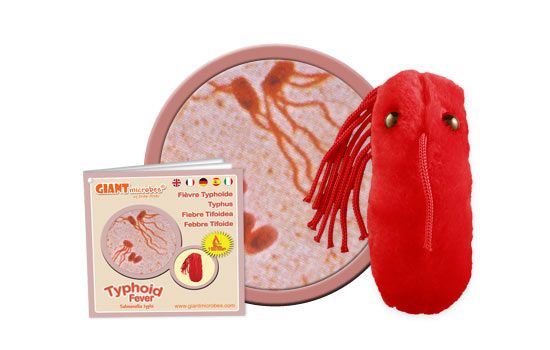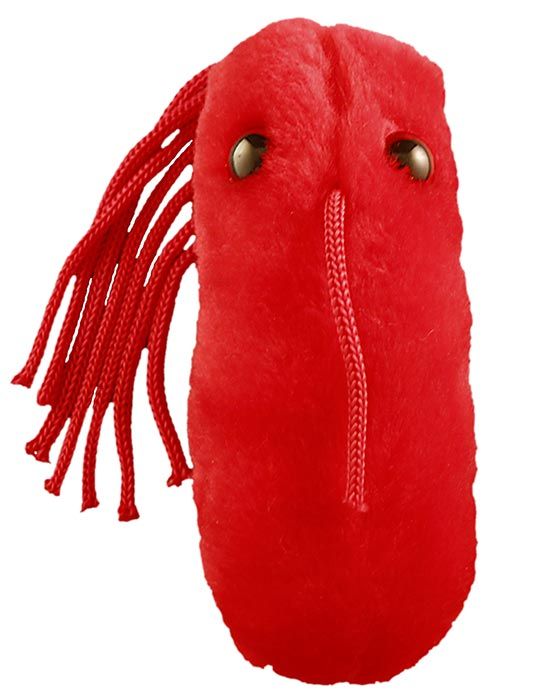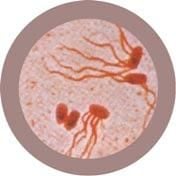Typhoid Fever (Salmonella typhi)
£11.95
Out of Stock
What do Pericles, Alexander the Great, and William the Conqueror all have in common? Typhoid Mary knows....
Product Details
Additional Information
| Sizes | Giantmicrobes are based on actual microbes, cells, organisms and other critters, only 1,000,000 times actual size! Gigantic (GG) 40-60cm XL (XL) 25-38cm Original (PD) 12-20cm Minis (MM) 5-10cm each Keychain (KC) 5-10cm with clip |
|---|---|
| Materials | Plush from all new materials. Stuffed with polyester fiber fill. Surface washable: sponge with water & soap, air dry. |
| Packaging | Each plush microbe includes a printed card with fun, educational and fascinating facts about the actual microbe or cell. |
| Safety | Every product meets or exceeds U.S. and European standards for safety. For ages 3 and up. |
All about Typhoid Fever (Salmonella typhi)
| Name | The name typhoid means "resembling typhus" due to the similarity in symptoms. These two diseases are caused by different genera of bacteria. |
|---|
| Where It Lives | Typhoid fever is caused by Salmonella typhi bacteria and is spread through contaminated food and water, as well as through close contact with an infected person |
|---|
| Symptoms | Fever, headache, rash, weakness and muscle aches, abdominal pain and diarrhea or constipation. The later stage of the illness causes delirium and typhoid state (lying motionless with eyes half-closed) |
|---|
| Cure | Oral antibiotics and drinking fluids |
|---|
| History |
1880: Discovered by William Budd in England Big Outbreaks: 1903: A water source in Ithaca, NY, was polluted from a dam construction site that resulted in an outbreak involving 1,350 people 1924: Oysters from Long Island, NY, held in polluted waters affected more than 1,500 in New York, Chicago, and Washington, D.C. 2004: 13,000 cases due to contaminated drinking water in the Democratic Republic of the Congo Recent Outbreaks: 2015: A total of 1940 suspected cases in Uganda due to contaminated drinking water and juices |
|---|
| Fascinating Facts |
Doctors used to prescribe chloramphenicol, but it caused widespread bacterial resistance Approximately 3%-5% of patients become carriers of the bacteria In 2006 there were only 314 reported causes of typhoid fever in the U.S. |
|---|






